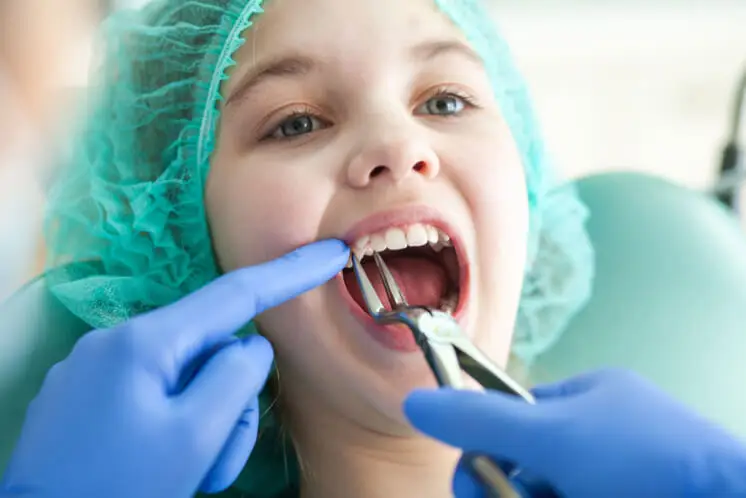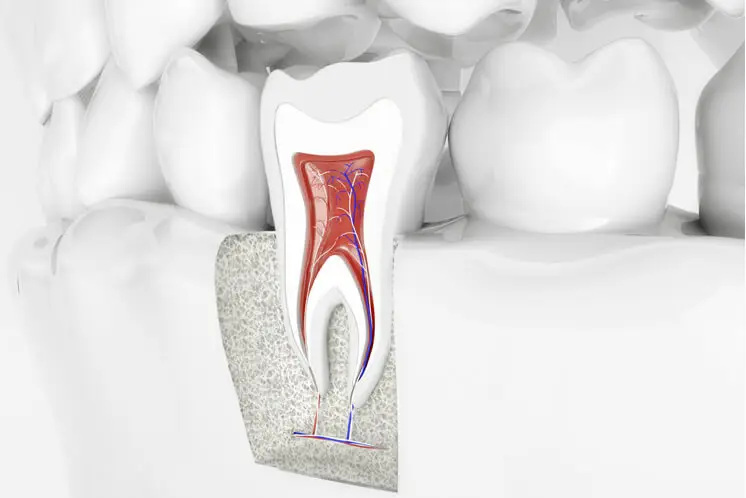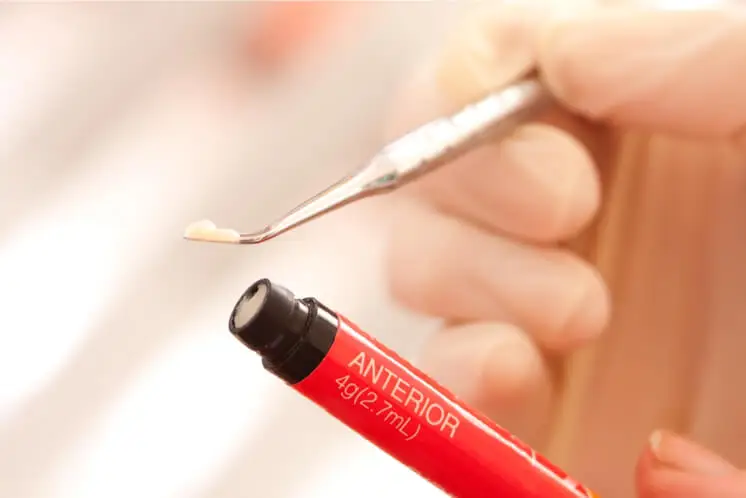What does the removal of premolars involve and why are they extracted?

The teeth that are extracted most frequently for orthodontic purposes are the first bicuspid teeth, the premolars. These are the teeth situated just between the canine or fang teeth and the molar or back teeth. But it does not always have to necessarily be the premolars that are taken out, as we will see below.
When is it necessary to remove a tooth?
Teeth crowding
In general terms, when there are too many teeth for the size of the dental arches, it is possible that there is not sufficient space to be able to align them. A common solution is to create the necessary space by removing teeth to allow the rest to be correctly aligned.
In orthodontic treatments, the first phase is to find out what must be done; hence it is essential to take a record and conduct a study to design a good treatment plan.
Not all the cases require extractions; in fact they are generally not necessary. If it is possible to align all the existing teeth in a healthy bite and a correct position, the work will be done without removing teeth, but for certain patients, dental extraction is an effective way to obtain straight teeth with lasting results.
Teeth extraction is only carried out when absolutely necessary: the orthodontist will consider all the options to obtain a nice smile before recommending an extraction.
Vertical reduction
Furthermore, facial aesthetics are an important part of all orthodontic treatment. In many cases, premolars are extracted, not only to relieve crowding, but also to change the facial profile. Supposedly, the extraction of premolars provides a certain vertical reduction.
Extraction procedure
If the tooth is healthy and has completely erupted it can generally be extracted in a simple manner:
The dentist will use a similar tool to forceps to gradually move the tooth forward and backwards until it becomes loose and finally comes away from the bone.
The tooth will always be extracted using a local anaesthetic to ensure that the patient does not feel any pain at all. The recovery is quick and normally no stitches are required.
The degree of crowding and the age of the patient plays an important role in the decision to treat a malocclusion with or without the extraction of permanent teeth.
Which teeth are extracted in each case?
The extracted teeth will vary according to the specific individual needs in each case. A combination of teeth can be extracted. This may include four premolar teeth, two upper or two lower premolar teeth, one single lower incisor or second upper and lower molars. In general terms, any tooth can be extracted from the mouth to help the orthodontist obtain an adequate bite and a soft tissue profile and eliminate the crowding that exists.
Normally to maintain the symmetry it is necessary to extract teeth from both sides of the same arch and even, where appropriate, there are times when it is necessary to extract the corresponding adjacent teeth to keep the occlusal relationship between arches.
The extraction of an uneven number of teeth is common when it is necessary to treat the asymmetry in the bite pattern or traumatic bite.
The wisdom teeth will not be considered in the cases of teeth extraction, since their extraction does not create the space in the mouth needed to eliminate crowding. The molars are moved from the back to the front of the mouth and not the other way around.
The eruption of wisdom teeth often occurs simultaneously with the appearance or increase of anteroinferior crowding. It is a common belief that this is due to the pressure created by the eruption of wisdom teeth. However, the current evidence suggests that wisdom teeth play a minor role, if any, in the late crowding of lower incisors. Therefore, there is no evidence that backs the recommendation to extract wisdom teeth to prevent the late crowding of the incisors.
On deciding which teeth to remove your orthodontist will consider the best way to place the other teeth in their correct healthy positions, with the least alteration possible of the mouth or of the facial form of the patient and the positions of the tongue.






